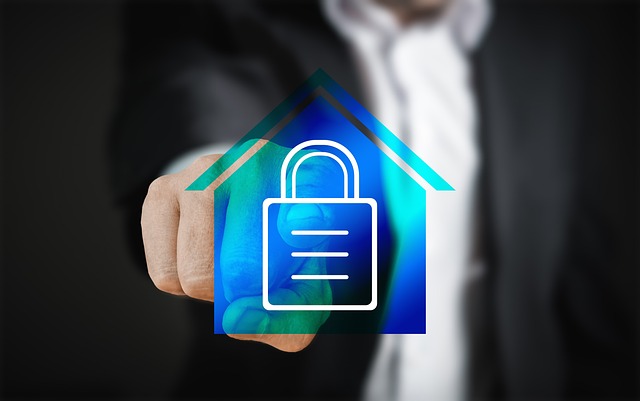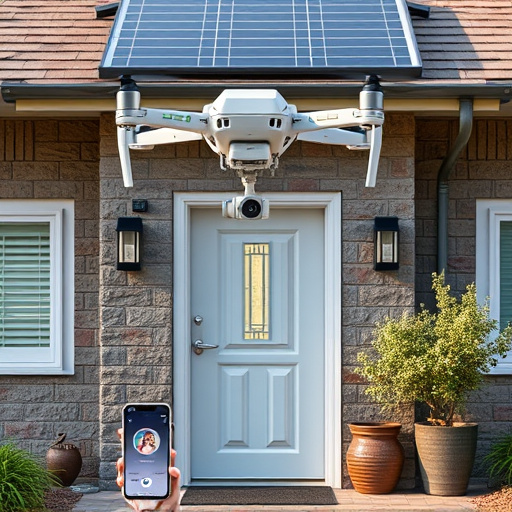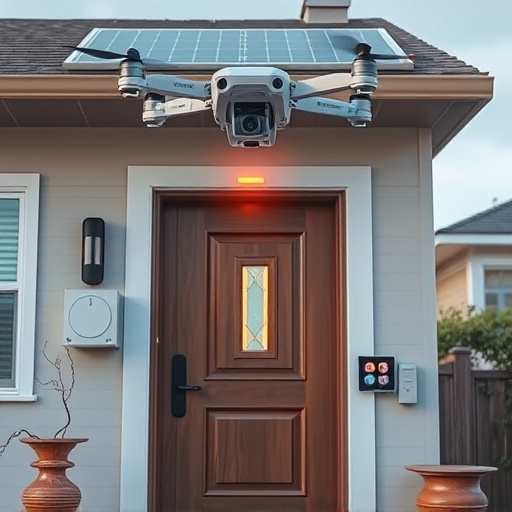The future of home security is shaped by Artificial Intelligence (AI) and Machine Learning (ML), offering advanced, proactive protection. These technologies enable smart homes to learn from data, analyze patterns, and detect threats with precision, from facial recognition to behavior analysis. AI-driven predictive analytics anticipate risks, enhancing safety and peace of mind for homeowners globally. Emerging innovations like AI-powered cameras, motion sensors, and voice control systems integrate seamlessly, providing remote access and monitoring. Future security trends focus on automation and connectivity, transforming homes into intelligent fortresses tailored to individual needs in the evolving digital world.
The future of home security is an exciting landscape filled with innovative technologies designed to protect and enhance our living environments. As we navigate this digital evolution, emerging security solutions are transforming the way we safeguard our homes. From AI and machine learning predicting potential threats to smart home integration providing seamless control, each advancement promises a safer, more secure space.
This article explores these cutting-edge security technologies, delving into biometric authentication’s role in passwordless entry and the Internet of Things’ (IoT) impact on future-proofing home security.
- AI and Machine Learning: The New Guard of Home Security
- – Exploring the role of AI in predictive analytics for enhanced home protection.
- – How machine learning algorithms can adapt to unique homeowner behaviors.
- Smart Home Integration: Seamless Security Solutions
AI and Machine Learning: The New Guard of Home Security

The integration of Artificial Intelligence (AI) and Machine Learning (ML) is revolutionizing home security, marking a significant shift in how we protect our personal spaces. These technologies are at the forefront of emerging home protection innovations, offering cutting-edge security solutions that were once confined to science fiction. AI-powered systems can analyze patterns, learn from data, and make intelligent decisions, enhancing the accuracy and efficiency of traditional security measures.
With the advancement of ML algorithms, smart homes can now detect unusual activities with remarkable precision. From facial recognition to behavior analysis, these systems adapt and evolve, ensuring that future security trends are proactive and responsive. As AI continues to refine itself, it promises to provide more robust and adaptive security technology advancements, making our homes safer and more secure than ever before.
– Exploring the role of AI in predictive analytics for enhanced home protection.

As we look ahead to the future of home security, Artificial Intelligence (AI) is poised to play a pivotal role in transforming how we protect our homes. AI-powered predictive analytics have the potential to revolutionize home protection by analyzing vast amounts of data to anticipate and prevent potential threats. By learning from patterns and behaviors, these intelligent systems can identify unusual activities, detect anomalies, and even predict potential break-ins or security breaches before they occur.
This emerging technology goes beyond traditional security measures by offering a proactive approach. AI algorithms can process real-time data from various sensors, cameras, and smart devices to create comprehensive risk assessments. From recognizing familiar faces and patterns to detecting unusual movements or sounds, these innovative security technologies promise to enhance our safety and peace of mind. The future of home security looks bright with advancements that cater to the evolving needs of a digitally connected world, ensuring a more secure environment for folks across the globe.
– How machine learning algorithms can adapt to unique homeowner behaviors.
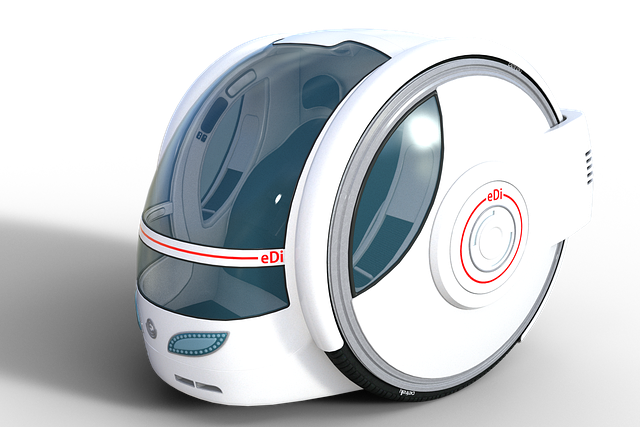
Machine learning algorithms are poised to revolutionize future home security by adapting to unique homeowner behaviors. These intelligent systems can analyze patterns in daily routines, preferences, and even biometric data to understand and predict normal activities within a household. This adaptability allows for advanced threat detection, as the algorithms can identify deviations from typical behavior that might indicate suspicious activity or an intruder. By learning and evolving with time, these algorithms enhance the effectiveness of security systems, ensuring that homes are protected by intelligent, responsive technology.
Emerging home protection technologies powered by machine learning offer cutting-edge security solutions that go beyond traditional alarms and surveillance. Advanced analytics can process vast amounts of data from smart home devices, cameras, and sensors to anticipate potential risks. For instance, AI-driven systems could predict when a homeowner is away based on energy usage patterns or detect unusual noise levels that might suggest illegal entry. These innovations in security technology advancements promise to create safer living environments by integrating seamlessly with our daily lives and learning from every interaction.
Smart Home Integration: Seamless Security Solutions
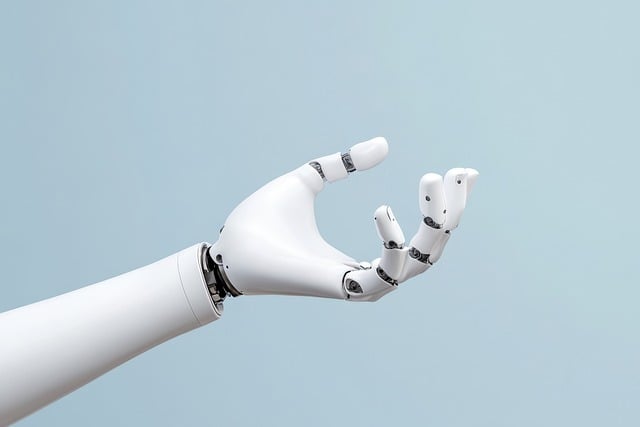
The integration of smart home systems with security technology is poised to redefine how we protect our spaces in the future. As emerging home protection technologies continue to evolve, we can expect a seamless blend of convenience and robust security solutions. Innovative security technologies, such as AI-powered cameras, motion sensors, and voice control systems, will become more prevalent, offering both homeowners and businesses enhanced peace of mind. These cutting-edge security solutions not only detect and alert users of potential threats but also enable remote access and monitoring through smart home devices.
With future security trends leaning towards automation and connectivity, homes will become intelligent fortresses. Advanced security technology advancements will allow for more efficient protection against various risks, from unauthorized entries to fire hazards. As a result, homeowners can anticipate a new level of control and customization in tailoring their security needs, ensuring that their properties remain safe and secure in the ever-changing digital landscape.

